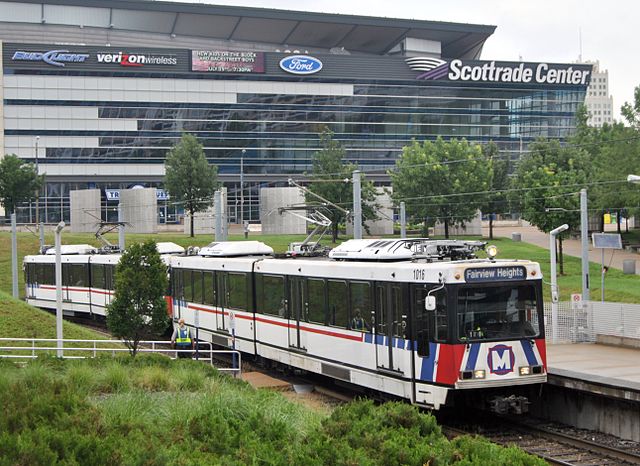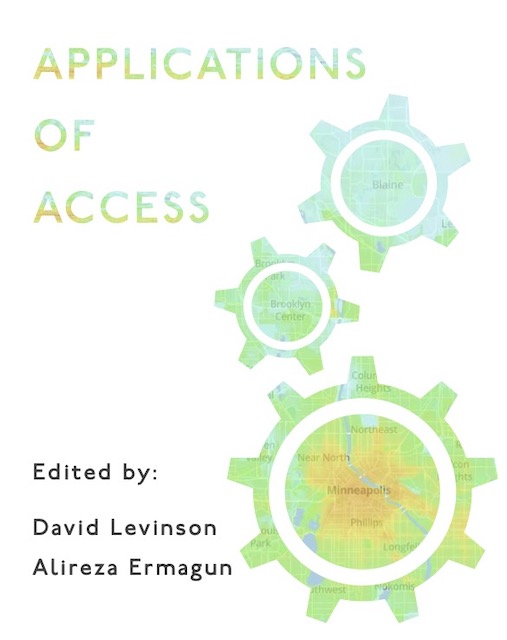The share of American workers who took transit to work fell from 5.0 percent in 2019 to 3.2 percent in 2020, according to survey data just released by the Census Bureau. The share of people working at home grew from 5.7 percent to 15.8 percent. These numbers are the average for the year, while the pandemic was only during the last three quarters of the year, so pandemic work-at-home numbers may have been higher.
Due to the difficulty in collecting data during the pandemic, the Census Bureau didn’t do as detailed a survey as it had in previous years. Previous American Community Surveys had produced more than 1,500 tables of data including such information as how people commuted to work by age, income, race, and number of vehicles in the household, all available for all states and most counties, cities, and urban areas. For 2020, the Census Bureau produced only 54 tables, and so far they are available only for the nation and states.
Still, there are some useful data. Transit didn’t even do well among people who didn’t work at home. Of people who commuted to work, 81.9 percent drove alone (up from 80.5 percent in 2019), 9.4 percent carpooled (unchanged from 2019), and 3.8 percent used public transport (down from 5.3 percent in 2019). Continue reading









